SparkFun resident audiophile Pete Lewis has been hard at work for a long time developing his own pair of customized headphones!
His newest tutorial will guide you through how to build your own headphones with ambient microphones. Starting with some off-the-shelf headphones intended for use while lawn mowing, he then hacked in some new electronics to allow wireless (BT), auxilary 3.5mm TRS input, and stereo ambient microphones.
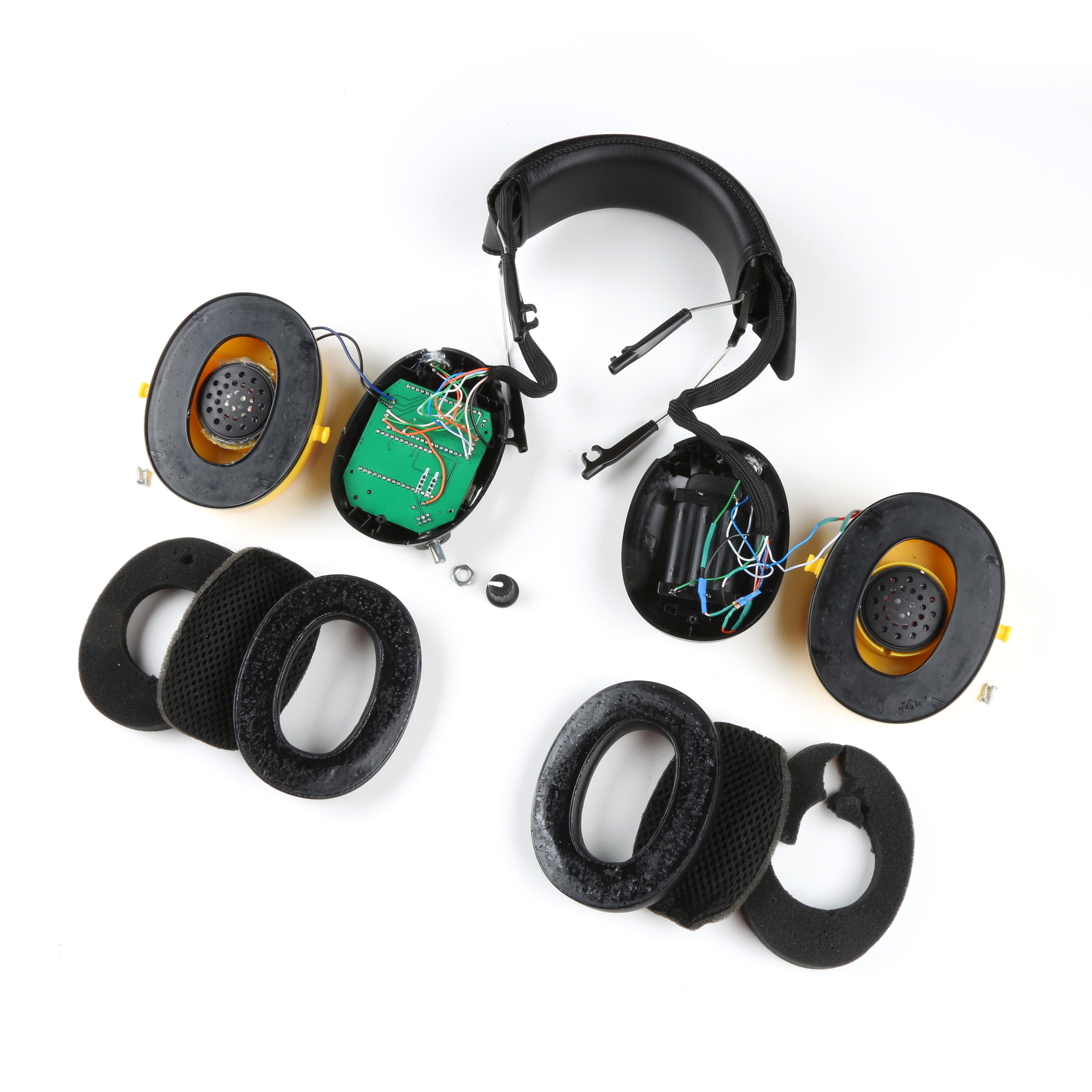
The original purpose of this project was to make it easy and safe to play loud music with a rock band in the basement. However, the inclusion of the natural sounds around you into your listening experience can be useful in many other situations!
Have an audio project you've been working on? Tell us about it in the comments!
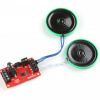
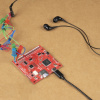
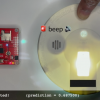
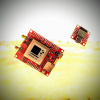
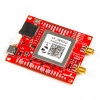

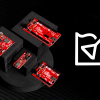
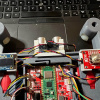
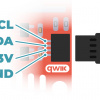
Interesting idea -- I can see uses for them, like listening to audiobooks without annoying the folks around me, say at home, in a doctor's waiting room (nice to hear them call when it's your turn!), or by using the "ambient noise cancelling" while riding on an airplane -- all three while still being able to hear what's going on around.
For that last "use case", the thought occurs to me wondering if it might be possible to do some "processing" on the microphone data to get rid of at least some of the jet engine noise while still preserving the voices (such as the flight attendant wanting to know if you'd like a drink)?
BTW, it's a bit of a bummer that Amazon is showing that the 30dB "muffs" are out of stock and "we don't know when we'll get more". :-(
Hey 773! Thanks for your comment. I like your other use cases for sure. I can relate. Sometimes my kid is listening to music on his headphones around dinner time and misses the call. We're working on a custom molded set for him, and I'm hoping they will be more comfy for him to use during general listening.
There is definitely room to grow this project. There always seems to be the next version on the horizon with more features :) Processing the sound to do some noise cancelling would be a fun new addition. With a slightly different setup on the signal path on the codec, you could route the mic signals to the ADC I2S "output" of the Codec, and then do some DSP on the ESP32 before combining it into the output. I would love to see how this works out, but honestly, I have been pretty impressed with the passive dampening of the larger ear-muffs.
About those ear muffs... yes, unfortunately, those exact "smoostart" ear muffs are no longer available. Just as we launched this tutorial. But there are quite a few like them out there. I'm guessing the motherboard would need some slight tweaking to match whatever new form factor is going on inside though.
I've also been looking at my ear muffs we use for construction that don't have any electronics in them. They just simply provide passive hearing protection. This pair I just looked up is really similar to what we have on hand for use in our house:
Decibel Defense Professional Safety Ear Muffs
These one's claim to have 37dB dampening, so that's even better than the smoostarts! And much cheaper than then most that have the unneeded radio/BT electronics inside. These come in two sizes - maybe the extra large would comfortably fit around my big ears.
I was thinking about designing another version of the "motherboard" that is as small as possible (maybe oval shaped), and then you could hopefully mount it inside any of these passive ear muffs. And so the project versions continue :)
If you do decide to build you're own, we'd love to hear about how it goes. And if you want to share, or run into any questions, please reach out in the new github discussions section of the tutorial.
Cheers! Pete
Another thought occurred to me as I was getting out of bed (about half an hour ago -- I'm NOT a "morning person!): Use "AI" to be able to sort out "wanted" sounds, such as human voices, from the "background" noise. It would probably require more "horsepower" than what the ESP-32 can provide, but Moore's Law will soon take care of that concern. As for human voices to train the AI, there's no shortage of examples on line, or from broadcast sources, or other places.
Unfortunately, "life happens", and I only have limited time and energy for projects these days, but random thoughts and ideas seem to keep on occurring to me!